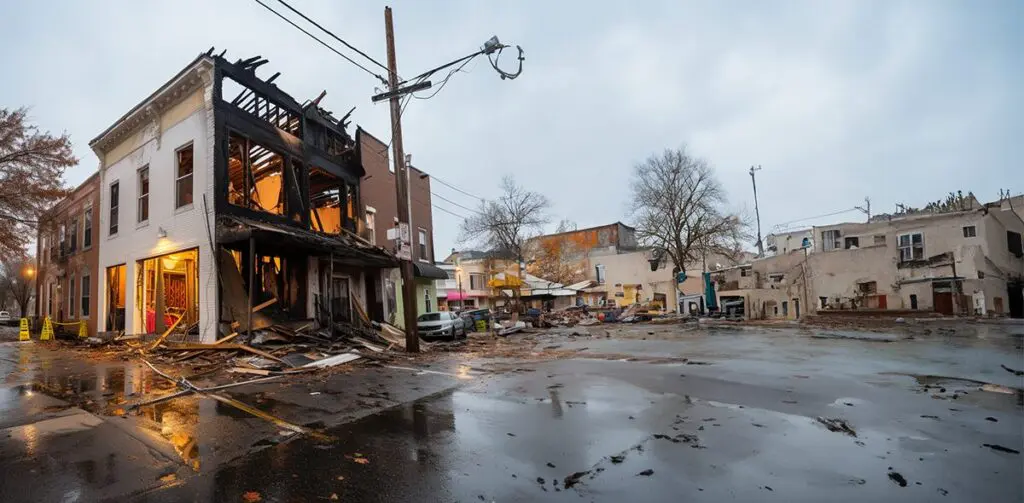A property manager usually plays a large role in managing the apartment fire damage insurance claims process and doing everything they can to ensure tenant safety and a smooth recovery process. Prime adjustments assist property managers through the complexities of managing an apartment fire insurance claim. Prime Adjustments keeps clear communications with the property manager throughout the process is imperative to keeping all stakeholders informed.
One-quarter of fires (25 percent) in 2021, according to the National Fire Protection Association, occurred in apartments or other multifamily housing. Apartment fires are complex and multifaceted claims that involve many challenges and considerations. Here are some major aspects that attribute to the complexity of apartment fires:
Apartment Fire Master Policies And Individual Unit Policies
Master Insurance Policy
Owned by the Property Owner/Association:
The master insurance policy is typically owned and maintained by the building owner or homeowners’ association (HOA) responsible for the apartment complex. This master policy covers common areas, structural elements, and liability for the entire apartment complex.
Deductibles:
Every insurance policy is different. They can be per occurrence deductible or an aggregate deductible. Prime Adjustments can review your policy and determine if the deductible applies per building or the total loss.
Covered Elements:
The master policy typically covers the building’s structure, including the exterior walls, roof, common areas (hallways, lobbies, stairwells), and shared amenities (swimming pools, fitness centers). It also includes liability coverage for accidents that occur in common areas and shared amenities. Your insurance policy may also provide coverage for a business interruption claim.
Responsibilities:
The property owner or HOA is responsible for maintaining and renewing the master insurance policy. They are also responsible for filing claims related to damage to common areas and structural elements. The cost of the master policy is typically shared among the individual unit owners through their association fees if in an HOA.
Individual Unit Insurance Policy (HO-6):
Owned by Individual Unit Tenants:
Each apartment unit tenant is responsible for purchasing their own individual unit insurance policy, often referred to as an HO-6 policy. This policy covers the unit’s interior, personal property, and provides liability coverage for incidents that occur within the unit.
Covered Elements:
The individual unit policy covers the interior of the apartment, personal belongings, and any improvements or additions made by the unit owner. It also includes personal liability coverage for events that occur within the unit, such as kitchen fires or water damage originating from the unit.
Unit Owner or Tenant Responsibilities:
Individual unit owners or tenants are responsible for purchasing and maintaining their own HO-6 policy. If a fire occurs within their unit, then their renter’s policy will cover their personal property. If the fire originates in a common area or another unit and causes damage to their unit and personal property, they may need to coordinate with both their individual insurer and the master policy to ensure coverage in which their insurer may subrogate the claim.
Apartment Fire Damage Insurance Claims Process:
Both the master policy and individual unit policies will be involved in the apartment fire damage insurance claim process. Individual unit owners will need to file claims with their insurers for personal property and liability coverage, while the property owner or HOA will handle claims related to common areas and structural damage.
Understanding the coverages between these policies and the responsibilities associated with each is critical for apartment complex residents and property owners to ensure proper coverage if an apartment fire occurs. Prime Adjustments assists in sorting through the complexities of these insurance coverages when dealing with an apartment fire damage insurance claim.

